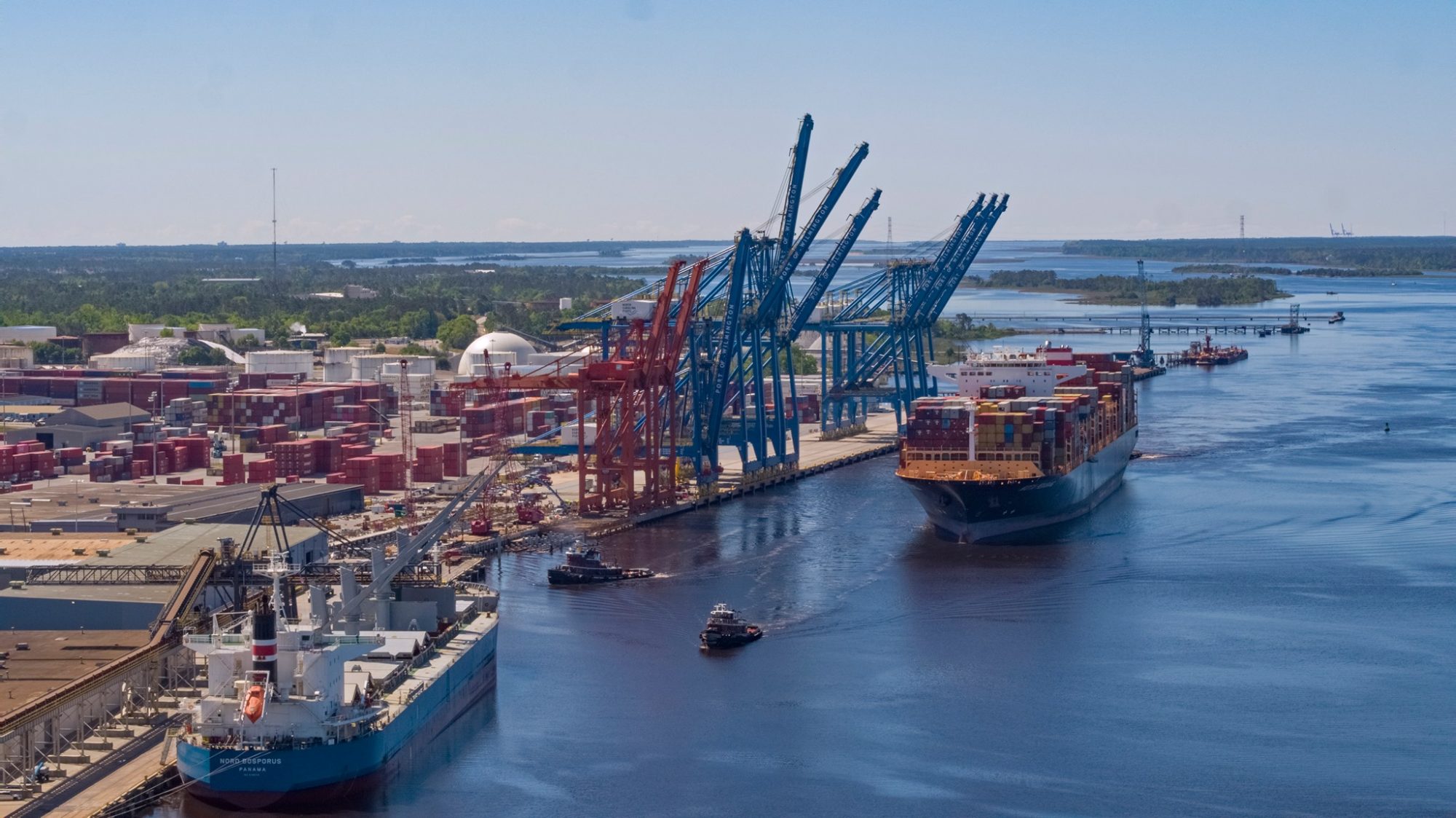
WILMINGTON — A study of possible environmental impacts associated with the proposed Wilmington harbor-deepening project is expected to be released in the fall.
The draft environmental impact study examines different alternatives for the North Carolina State Ports Authority’s plan to make room for larger container ships to get to and from the Wilmington port.
Supporter Spotlight
The study’s projected release was the latest update U.S. Army Corps of Engineers Wilmington District officials shared at a public meeting Thursday night.
Fewer than 10 people turned out for the meeting, which follows a series of meetings the Corps hosted last year that touched on topics ranging from how material dredged from the channel might be used to how the project might affect cultural resources along the Cape Fear River.
The ports authority wants to deepen the harbor from 42 to 47 feet, widen the channel in multiple areas and extend the ocean entrance to the river.
Authority officials say the changes are needed to accommodate larger container ships coming from Asia, which would keep the Wilmington port competitive with other East Coast ports.
The changes would accommodate large vessels that can carry 14,000, 20-by-8-foot shipping containers that have been traveling through the Panama Canal since its expansion in 2016.
Supporter Spotlight
But a host of concerns have been raised about the proposed project, with environmental experts and advocates arguing that deepening the channel could exacerbate saltwater intrusion through to the Northeast Cape Fear River and adjoining creeks, eradicate fish habitat, harm cultural resources, and disproportionately affect minority communities along the river.
The environmental study is exploring three possible alternatives, including dredging to a depth of 47 feet, which the ports authority prefers, dredging to a depth of 46 feet, or maintaining the current depth and width of the channel.
Once the draft study is published, the Corps will open a 45-day public comment period as part of the required process in creating the final document.







